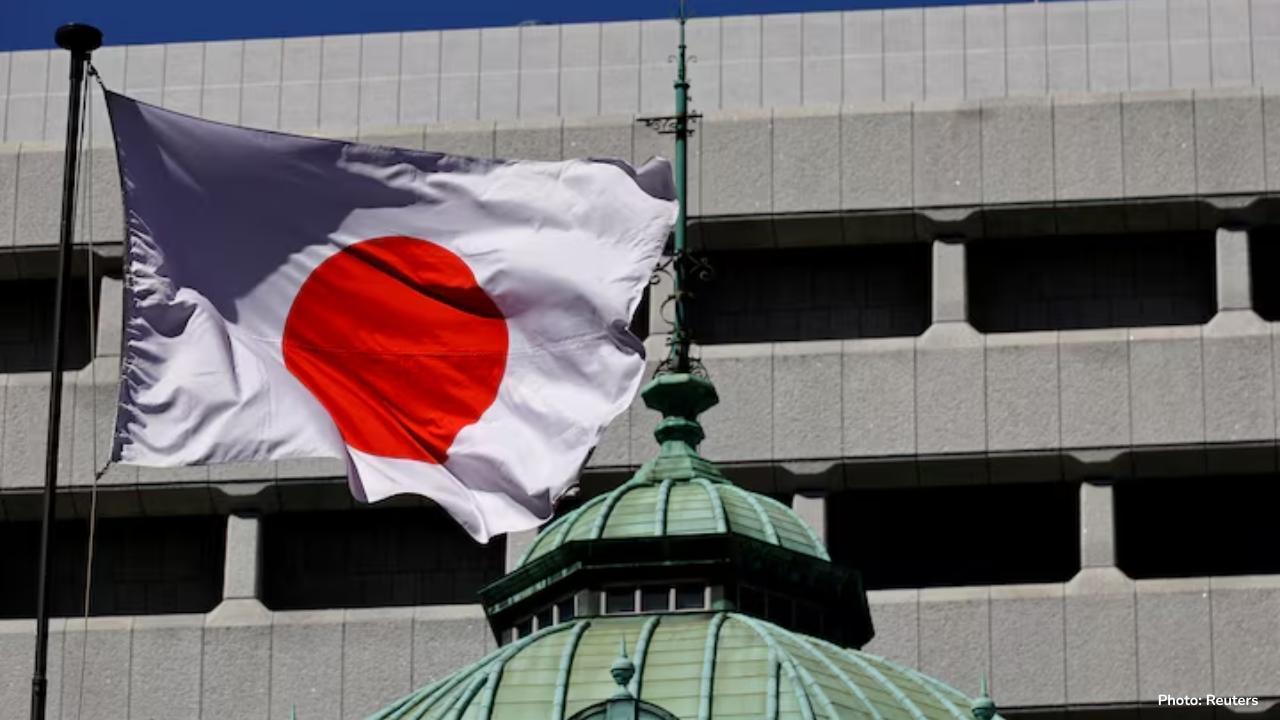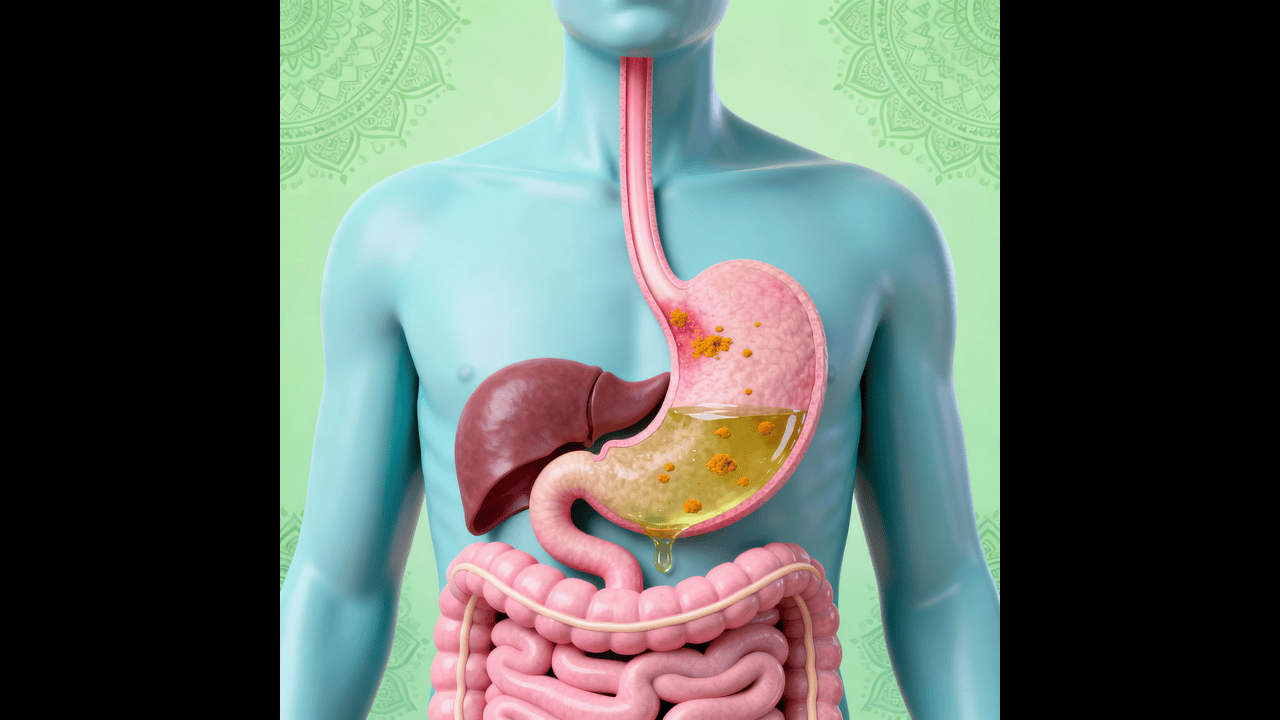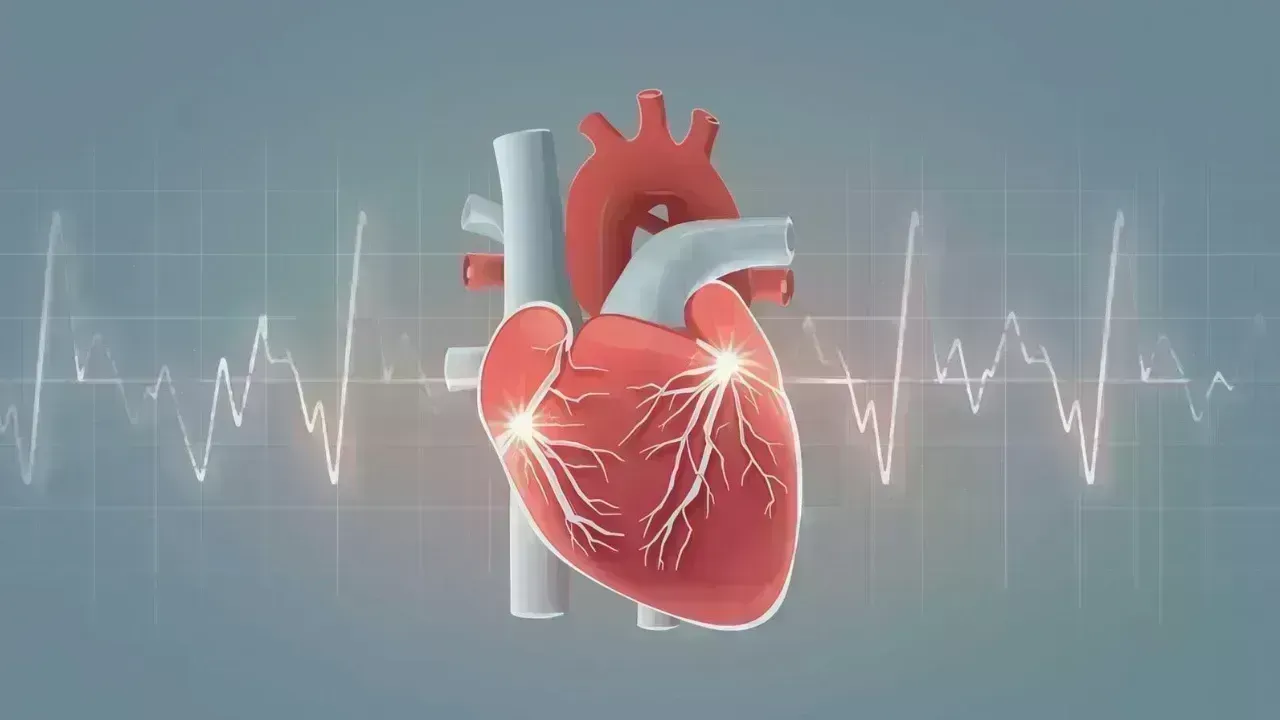
Post by : Monika
Japan is entering a period of economic change. For decades, the country struggled with very low price growth, known as deflation. During deflation, prices of goods and services either stay the same or fall, which often makes people spend less.
This slows down economic growth. Recently, however, Japan has started to see prices rise slowly, a sign of inflation. Inflation can be good for the economy if it grows steadily and wages rise along with prices.
This transition has attracted the attention of political leaders, economists, and financial experts. One important voice is Etsuro Honda, an economic adviser to Sanae Takaichi, who is a candidate expected to become Japan’s next prime minister. Honda has called for caution, warning that the Bank of Japan (BOJ) should avoid raising interest rates too quickly as the country navigates this delicate economic shift.
Who is Sanae Takaichi?
Sanae Takaichi is a prominent Japanese politician who has served in various government roles. She is expected to become the next prime minister of Japan, and her economic policies are likely to shape the country’s future for years. Takaichi has been a strong supporter of fiscal stimulus, meaning she wants the government to spend more money to boost economic growth.
Her proposed policies include large-scale investment in infrastructure projects, defense modernization, and programs aimed at increasing domestic consumption. Takaichi believes that careful government spending, along with supportive monetary policy, can help Japan achieve steady economic growth without triggering instability.
Who is Etsuro Honda and Why His Advice Matters
Etsuro Honda is a well-respected economist and one of Takaichi’s key advisers. He has extensive experience in Japan’s financial system and closely watches the decisions made by the Bank of Japan. Honda’s role is to guide Takaichi on policies that balance economic growth with financial stability.
Honda recently expressed concern that the BOJ could harm the economy if it raises interest rates too quickly. He emphasized that Japan is in a delicate period of transition, moving from a long era of deflation to a slow but steady inflationary trend. According to Honda, abrupt rate hikes could slow growth, reduce investment, and hurt consumers who rely on loans for homes, cars, and businesses.
What is the Bank of Japan’s Role?
The Bank of Japan, or BOJ, is the central bank of Japan. Its primary role is to maintain price stability and ensure the country’s financial system is healthy. One of the main tools it uses is interest rates, which determine the cost of borrowing money.
Low interest rates make it cheaper to borrow. This encourages people and businesses to spend and invest, which can help the economy grow.
High interest rates make borrowing more expensive. While this can help control high inflation, it can also slow down spending and investment, which might harm economic growth.
Because Japan is slowly shifting from deflation to inflation, the BOJ has to be very careful. Raising rates too early could stop the positive momentum of price growth and reduce confidence in the economy.
Why Caution is Needed Now
Honda highlighted several reasons why the BOJ should act cautiously:
Economic Transition: Japan’s economy is only beginning to move from deflation to inflation. The system needs time to stabilize. Rapid rate hikes could undo recent progress.
Rising Wages: While wages are gradually increasing, they are not rising fast enough to match higher living costs. If interest rates rise too quickly, households may face more financial stress.
Stock Market Confidence: The Japanese stock market has been performing relatively well. Investors are hopeful that Takaichi’s plans will boost growth. Sudden rate increases could create volatility and reduce investor confidence.
Public Debt: Japan has a very high level of government debt. Higher interest rates mean the government has to spend more on interest payments, which could limit funds for public programs.
Honda’s advice is simple: move carefully and avoid sudden shocks to the economy.
Takaichi’s Economic Vision
Takaichi wants to combine fiscal stimulus with a carefully managed monetary policy. She believes government spending on infrastructure and domestic programs can strengthen the economy.
She also supports keeping interest rates low for now. Takaichi understands the BOJ might need to increase rates slightly in the future, but only when the economy is strong, wages are rising consistently, and inflation is at a stable and sustainable level.
Her vision is to create a balance where the government stimulates growth without causing financial instability. This careful approach is aimed at making sure Japan’s transition from deflation to inflation is smooth and beneficial for everyone, from consumers to businesses.
Possible Outcomes of BOJ Decisions
Impact on Citizens and Businesses
Interest rates affect daily life in many ways:
For individuals: Loan costs for homes, cars, and education can rise or fall depending on interest rates. Low rates help people borrow cheaply, while high rates increase monthly payments.
For businesses: Companies often borrow to expand operations. Low rates reduce the cost of investment, but high rates can discourage growth.
For investors: Stock markets and bond markets are sensitive to interest rate changes. Sudden hikes can create uncertainty and affect retirement savings and investments.
By being cautious, Takaichi and Honda hope to maintain confidence in the economy, allowing households and businesses to plan for the future without sudden financial stress.
Global Perspective
Japan’s decisions also influence global financial markets. As the third-largest economy in the world, its policies on interest rates, inflation, and fiscal spending affect trade, investment, and currency markets worldwide.
If the BOJ acts carefully, it could serve as an example for other countries dealing with transitions from deflation to inflation. Conversely, sudden moves could create ripple effects in international markets, potentially impacting global growth.
Economic Experts Weigh In
Many economists have supported Honda’s cautious approach. They argue that Japan has learned from past experiences with deflation and economic stagnation. During the 1990s and 2000s, rapid policy changes often disrupted growth and created uncertainty.
Experts emphasize the importance of gradual policy adjustments. They believe that combining Takaichi’s fiscal stimulus with careful monetary management can help Japan achieve steady, sustainable growth while avoiding the mistakes of the past.
Japan is at a critical moment in its economic history. The country is transitioning from decades of deflation to a period of slow but steady inflation. This shift brings opportunities but also risks.
Sanae Takaichi and her adviser Etsuro Honda are calling for caution. They want the Bank of Japan to carefully manage interest rates to support growth, avoid financial shocks, and ensure that the country’s economic recovery continues smoothly.
How the BOJ decides on interest rates will not only affect Japan’s citizens and businesses but also have implications for global financial markets. By acting carefully, Japan hopes to strengthen its economy, maintain investor confidence, and secure a stable financial future for all its people










NBA Friday Recap: Powerhouse Wins for Miami, LA, Milwaukee, and Clippers
Miami, LA Lakers, Milwaukee, and Clippers triumphed in a thrilling NBA Friday, showcasing standout p

Doncic Shines with 49 Points in Lakers' 128-110 Victory over Timberwolves
Luka Doncic dazzles with 49 points as the Lakers secure a 128-110 win against the Timberwolves, show

Kings Triumph Over Jazz 105-104 with Last-Minute Sabonis Effort
The Sacramento Kings edged out the Utah Jazz 105-104, with Domantas Sabonis making the decisive shot

Argentina's Friendly Match Against India Delayed, New Date to be Announced
The friendly match between Argentina and India in Kochi has been postponed due to FIFA approval dela

Rohit and Kohli Conclude ODI Journeys in Australia with a Victory
Rohit Sharma and Virat Kohli bid adieu to Australian ODIs with a final win, forming a 168-run partne

George Russell's Wrestling Mask Antics at Mexican Grand Prix
George Russell donned a wrestling mask to enjoy the Mexican Grand Prix from the stands, providing a